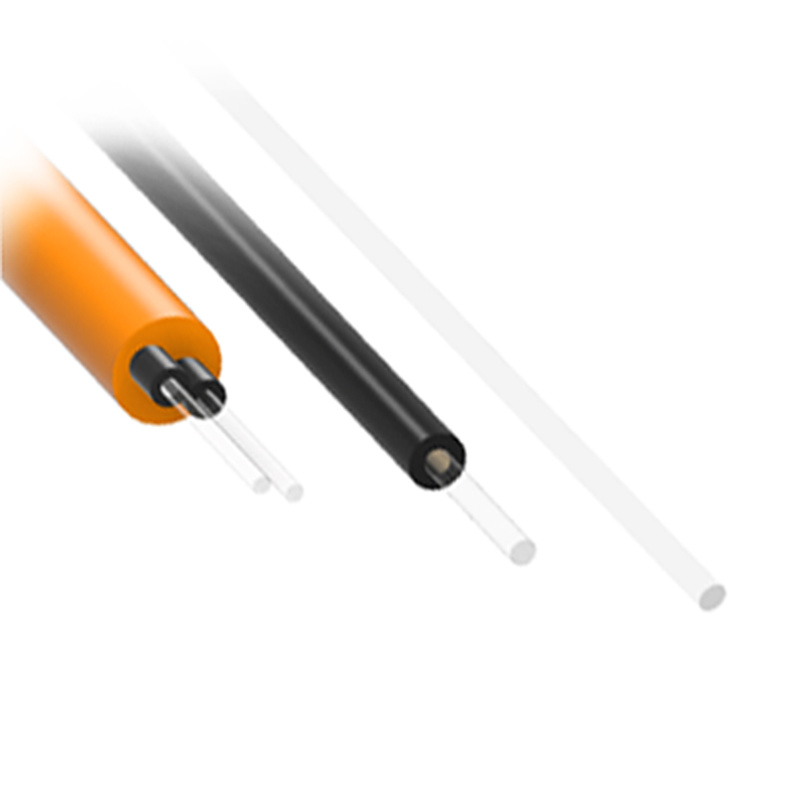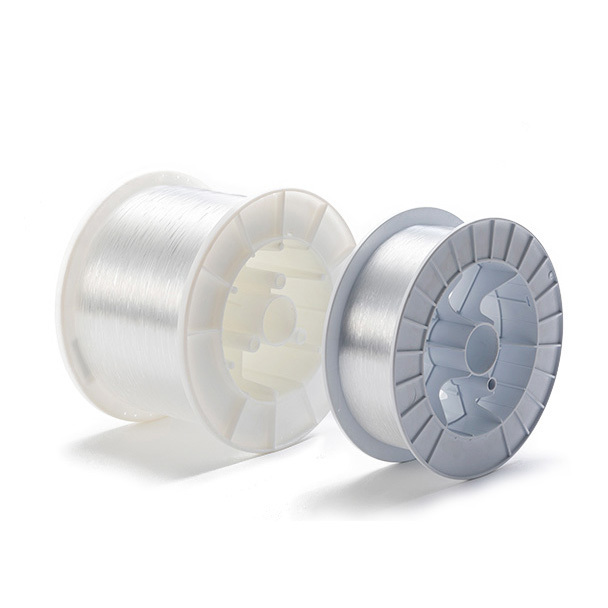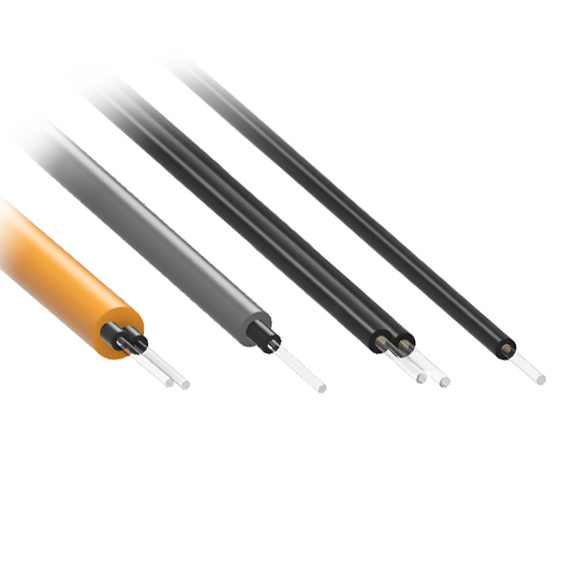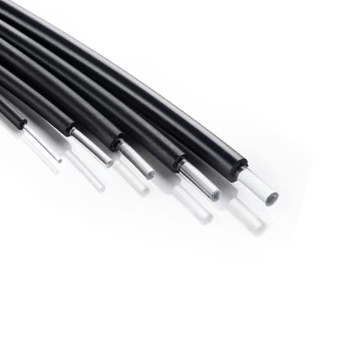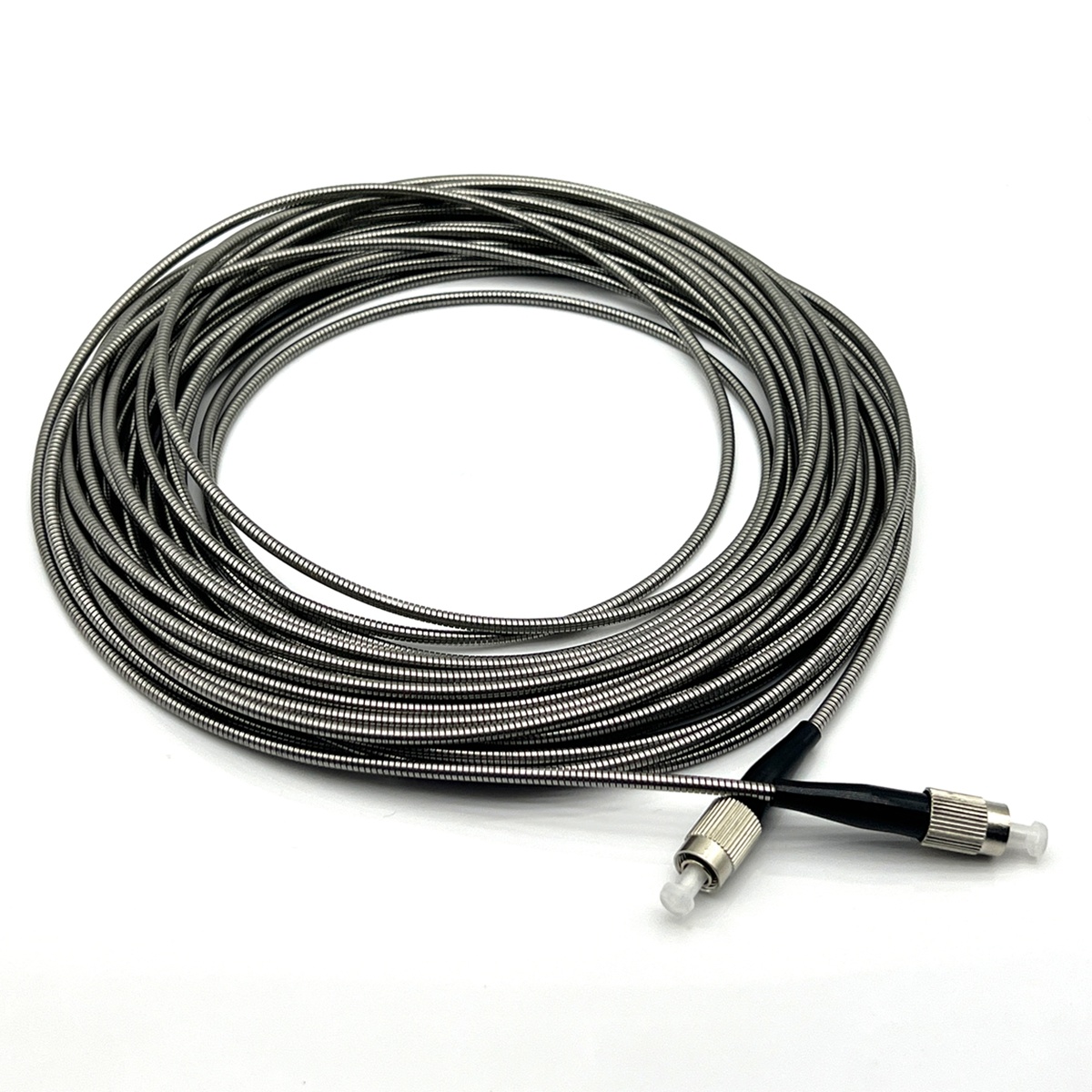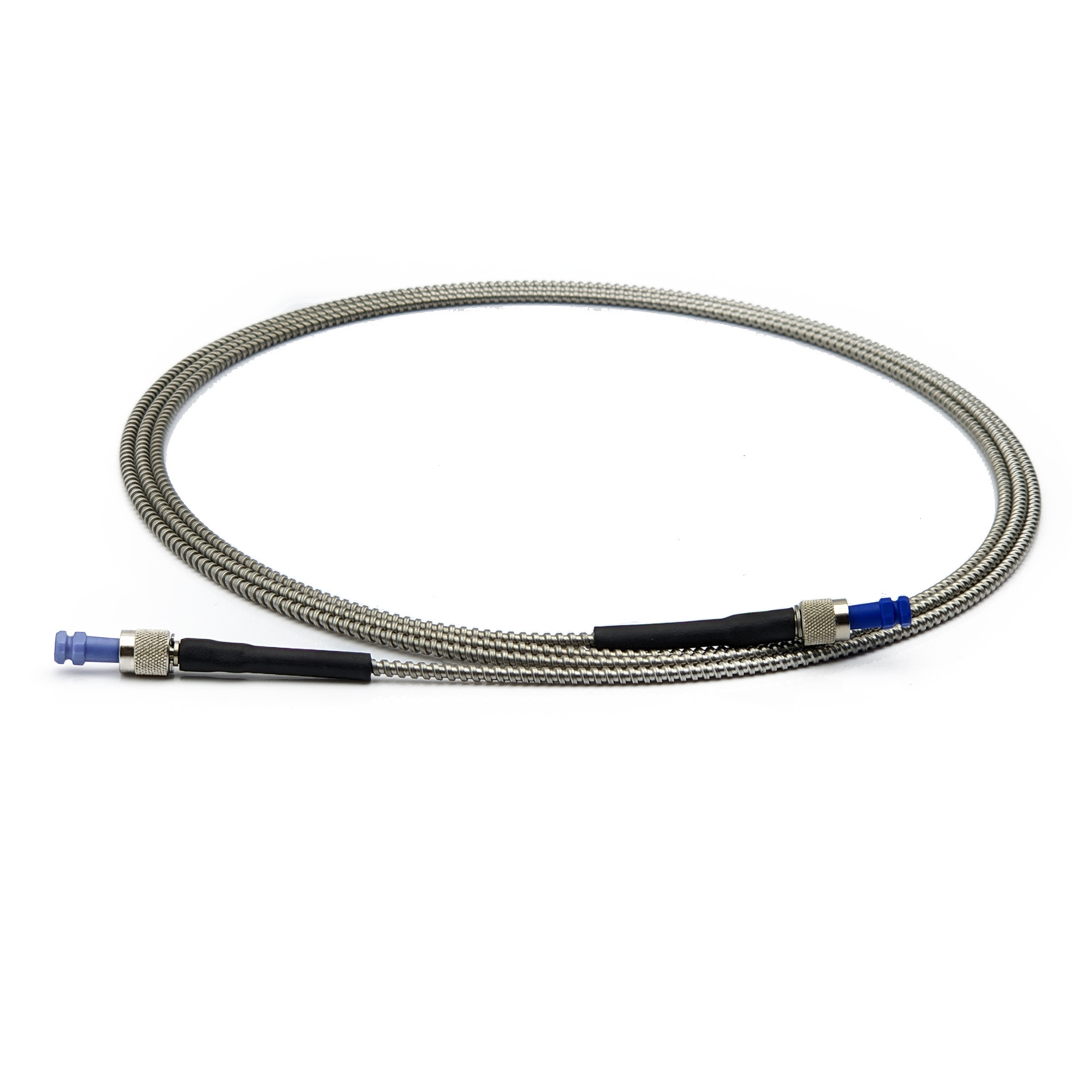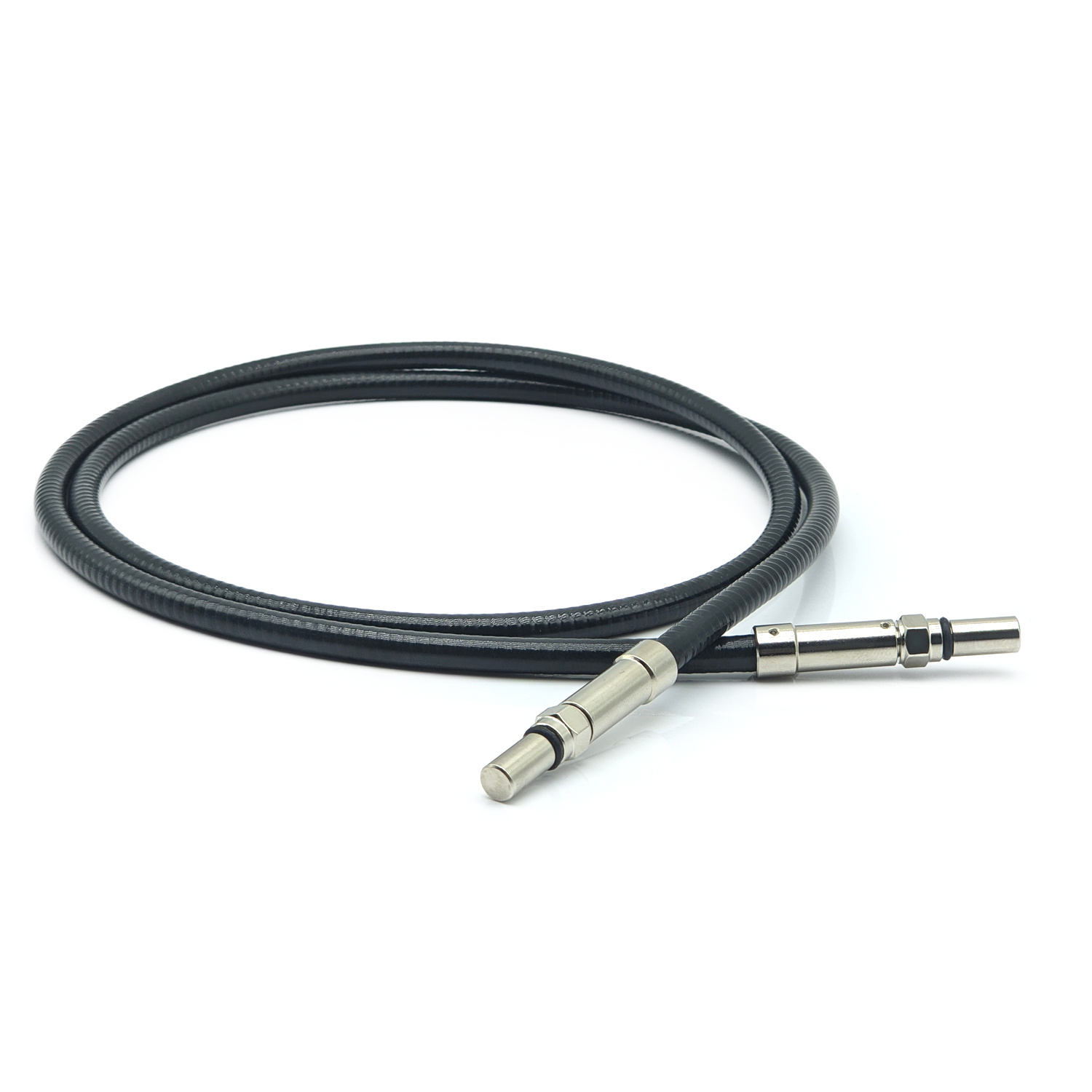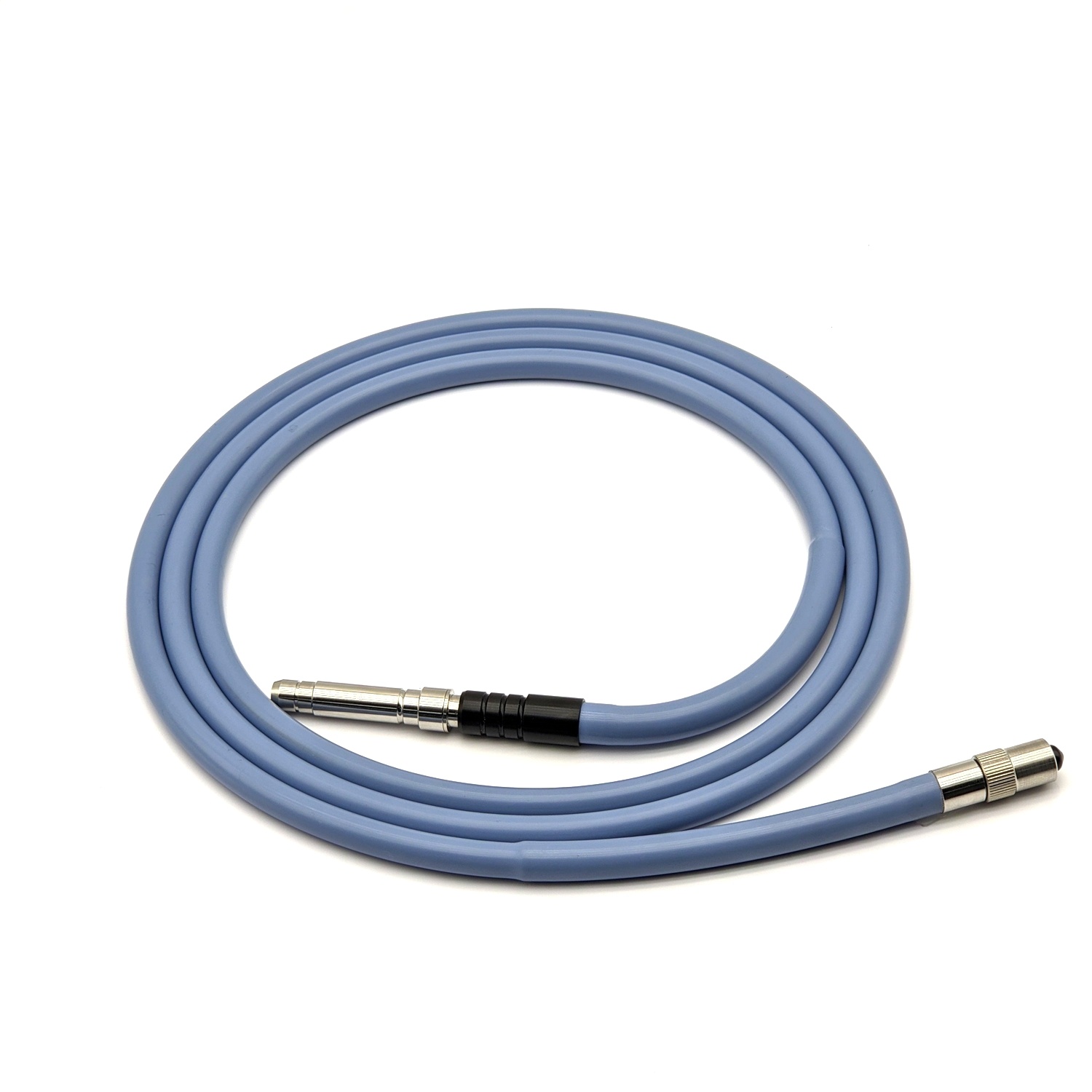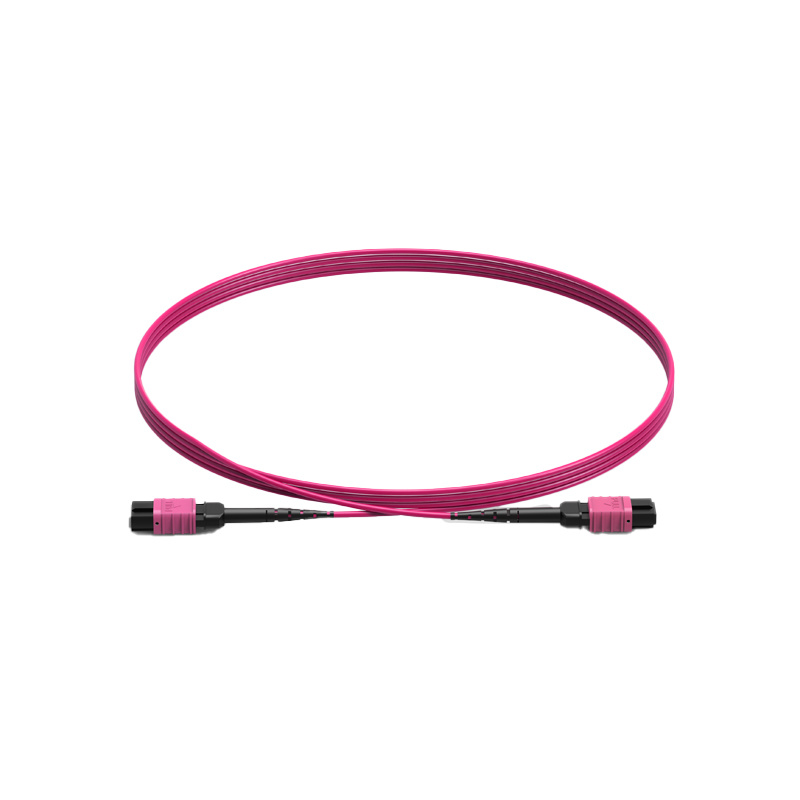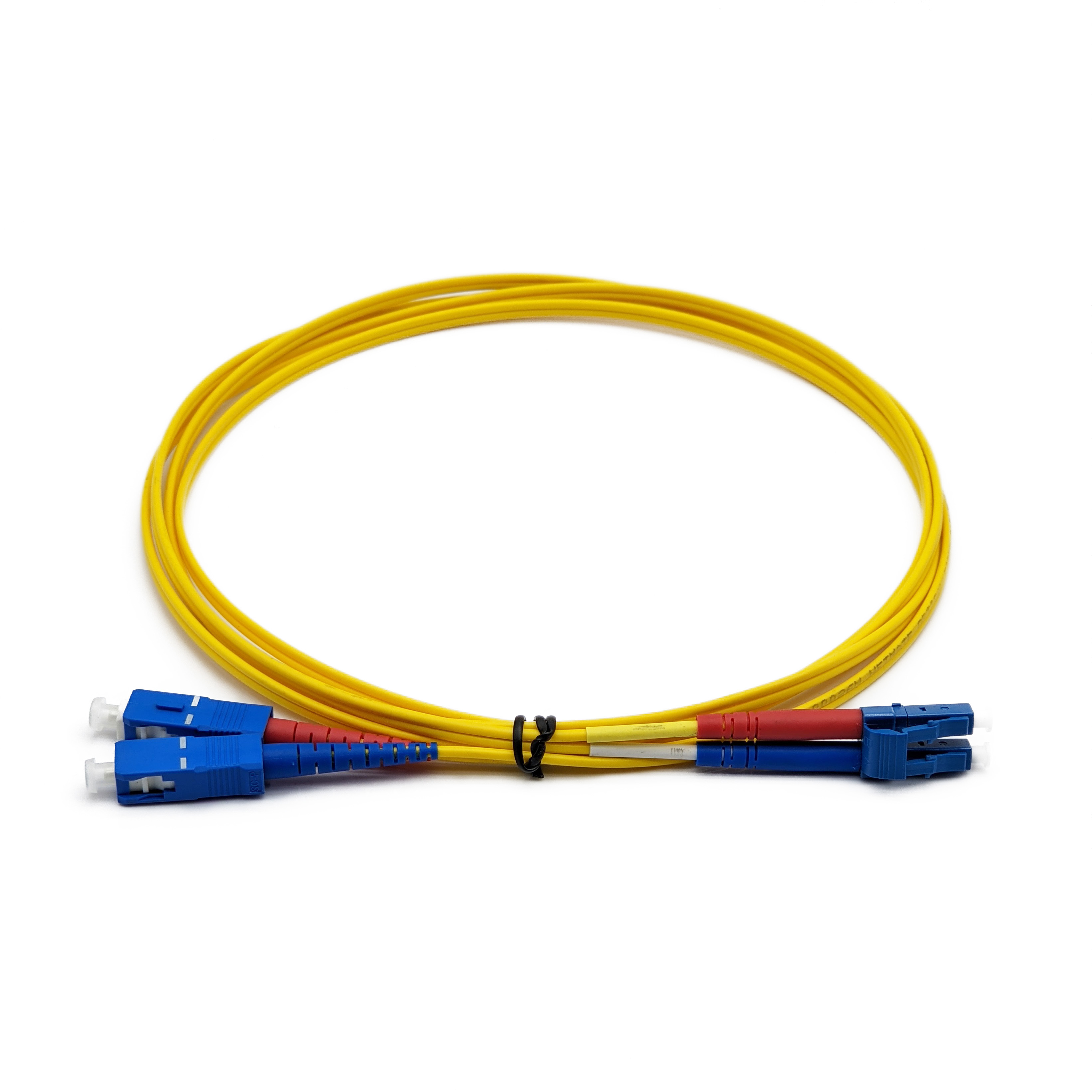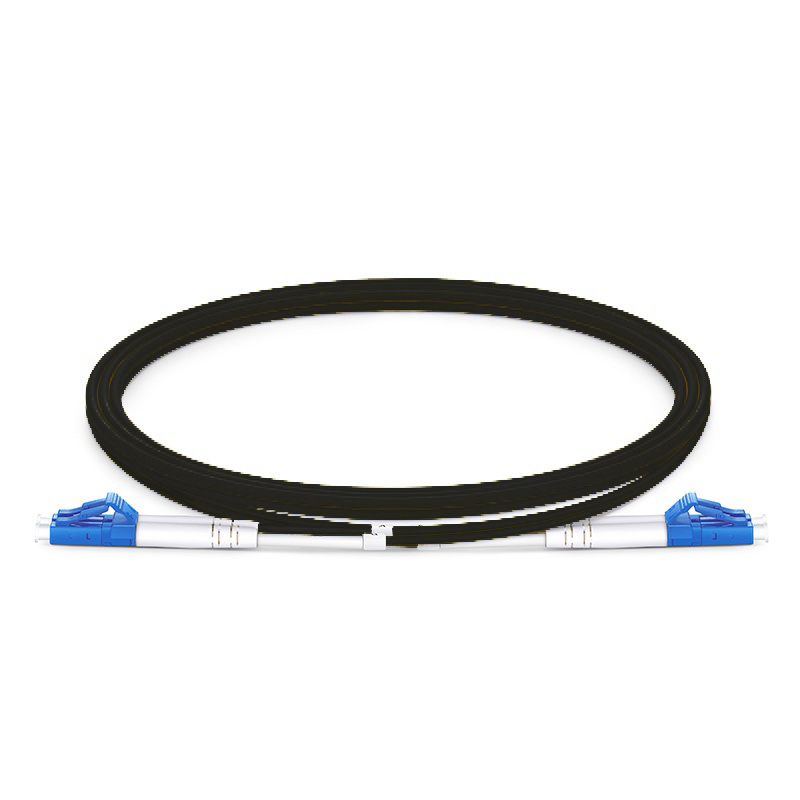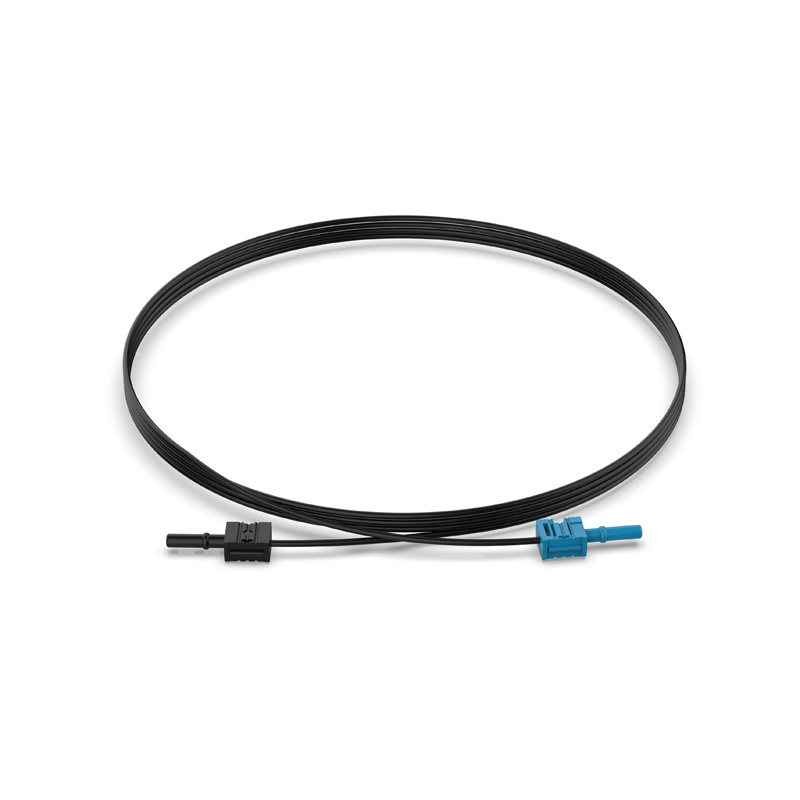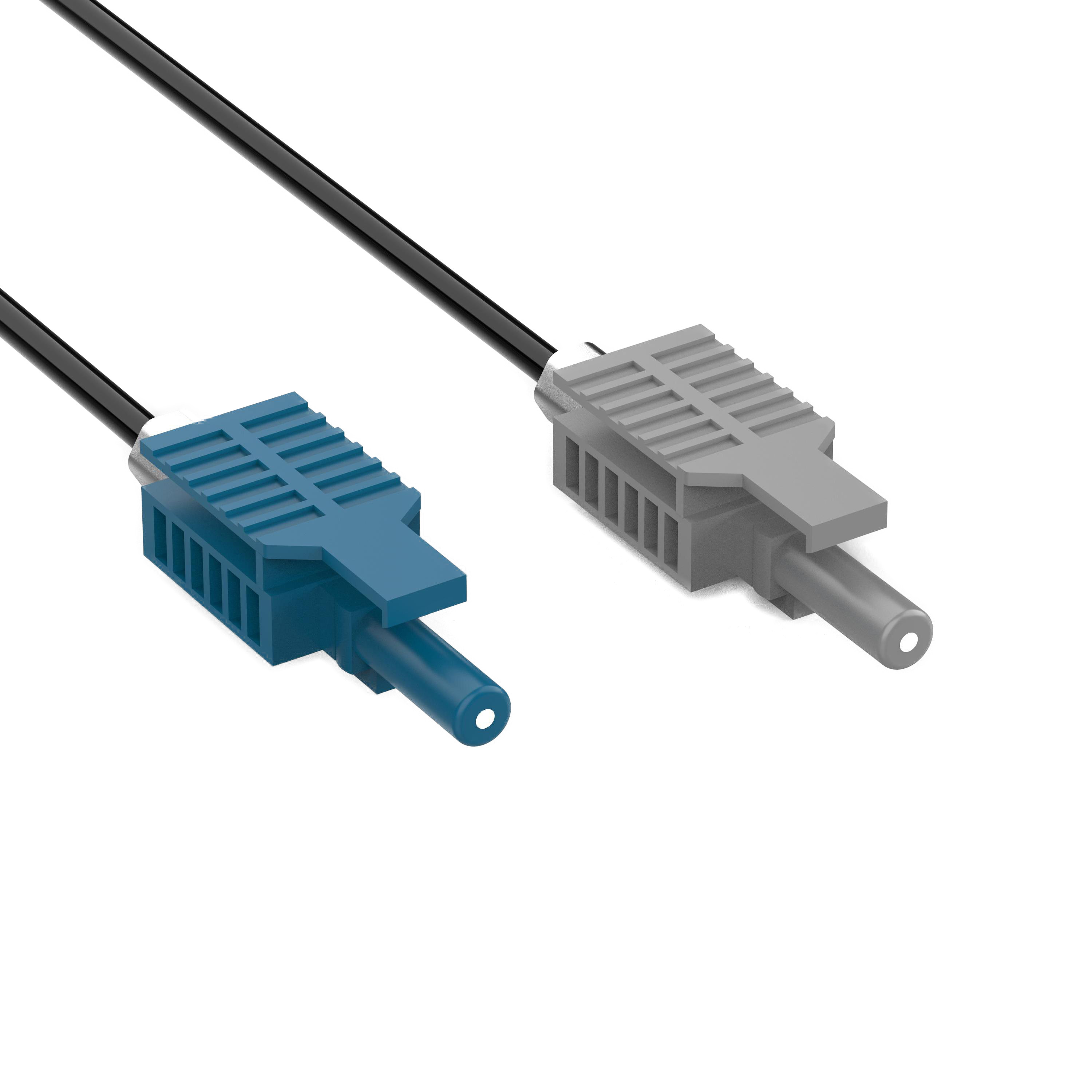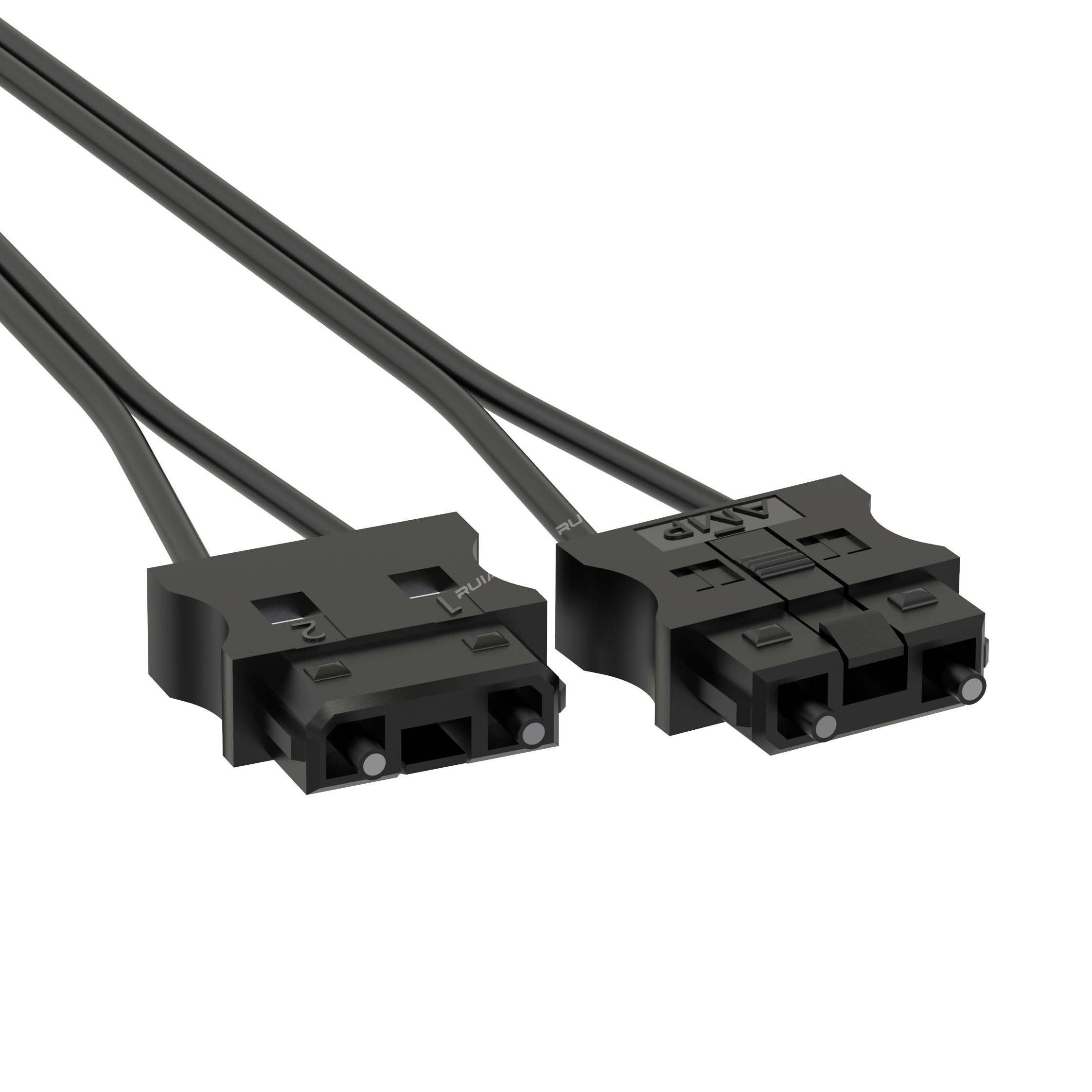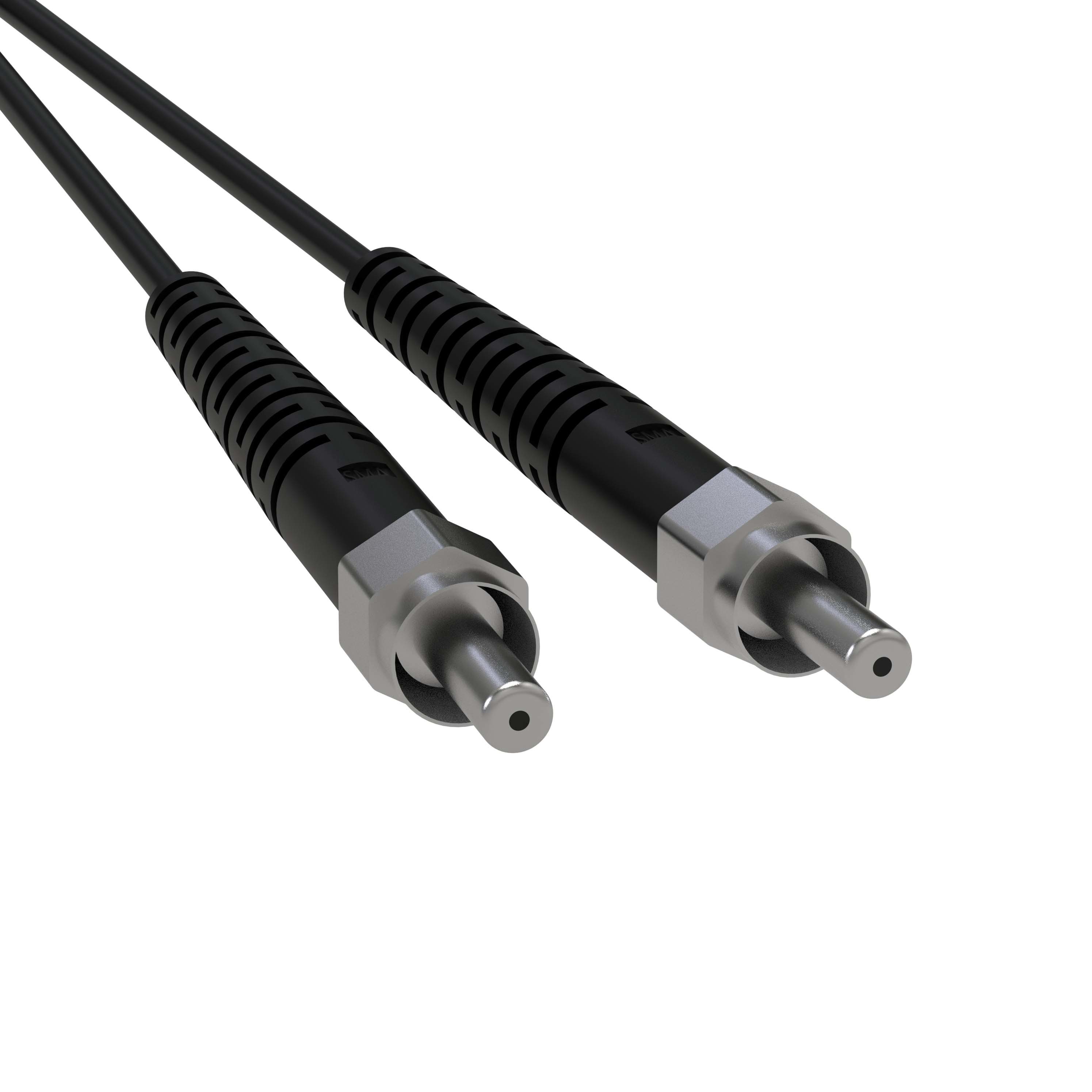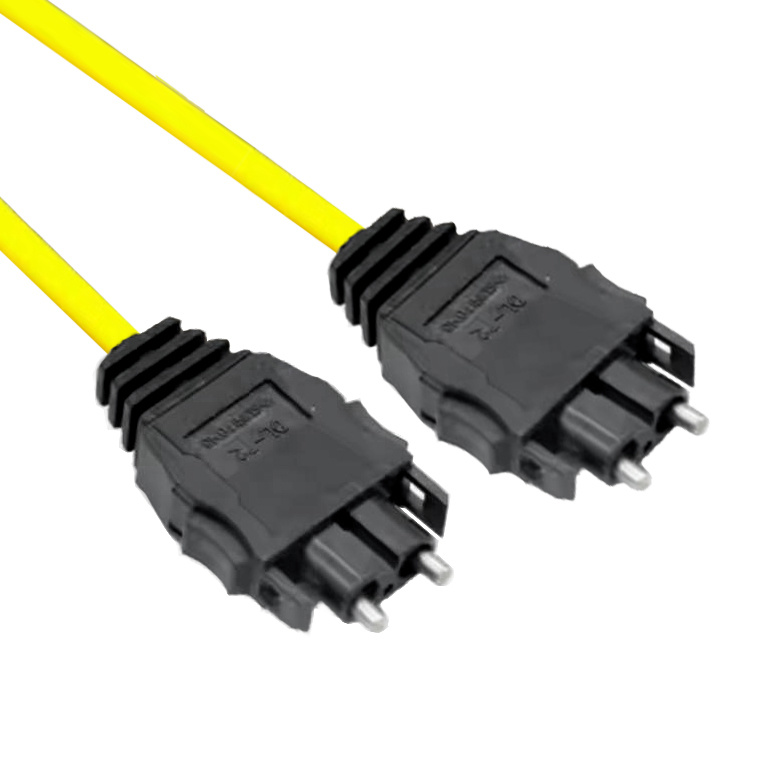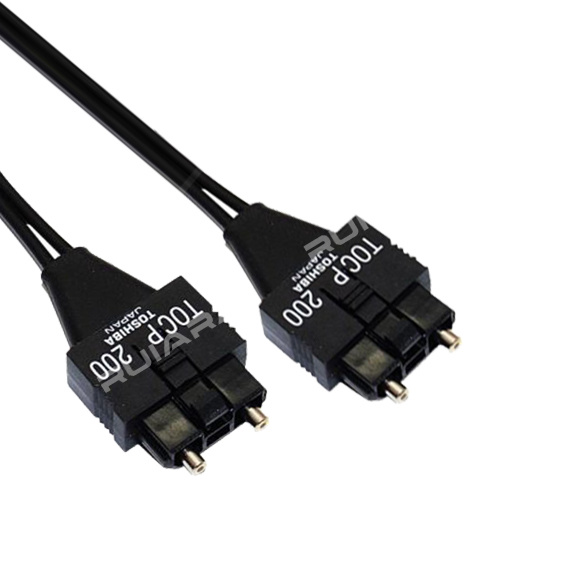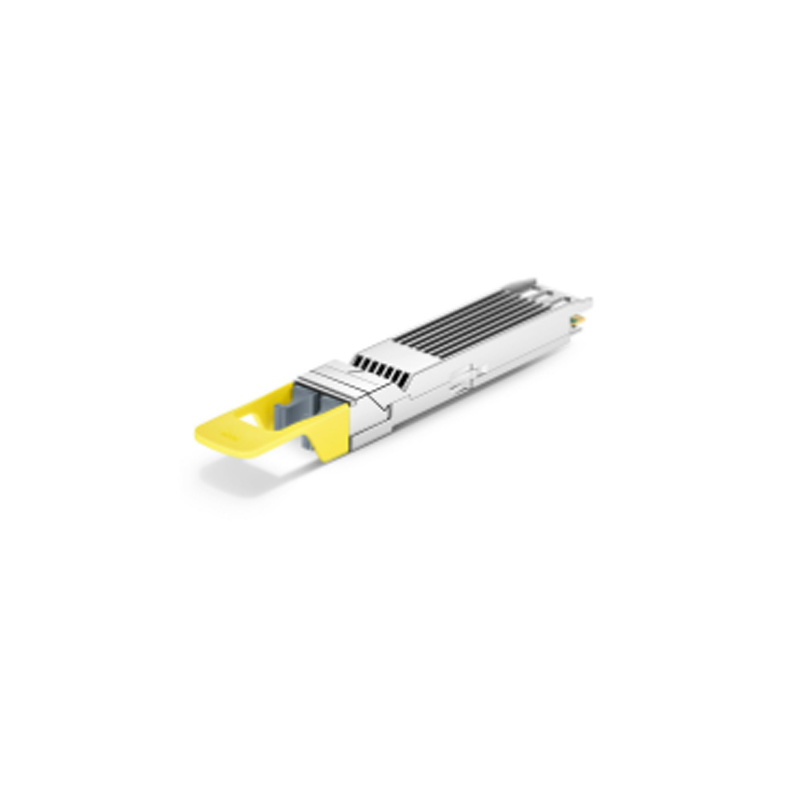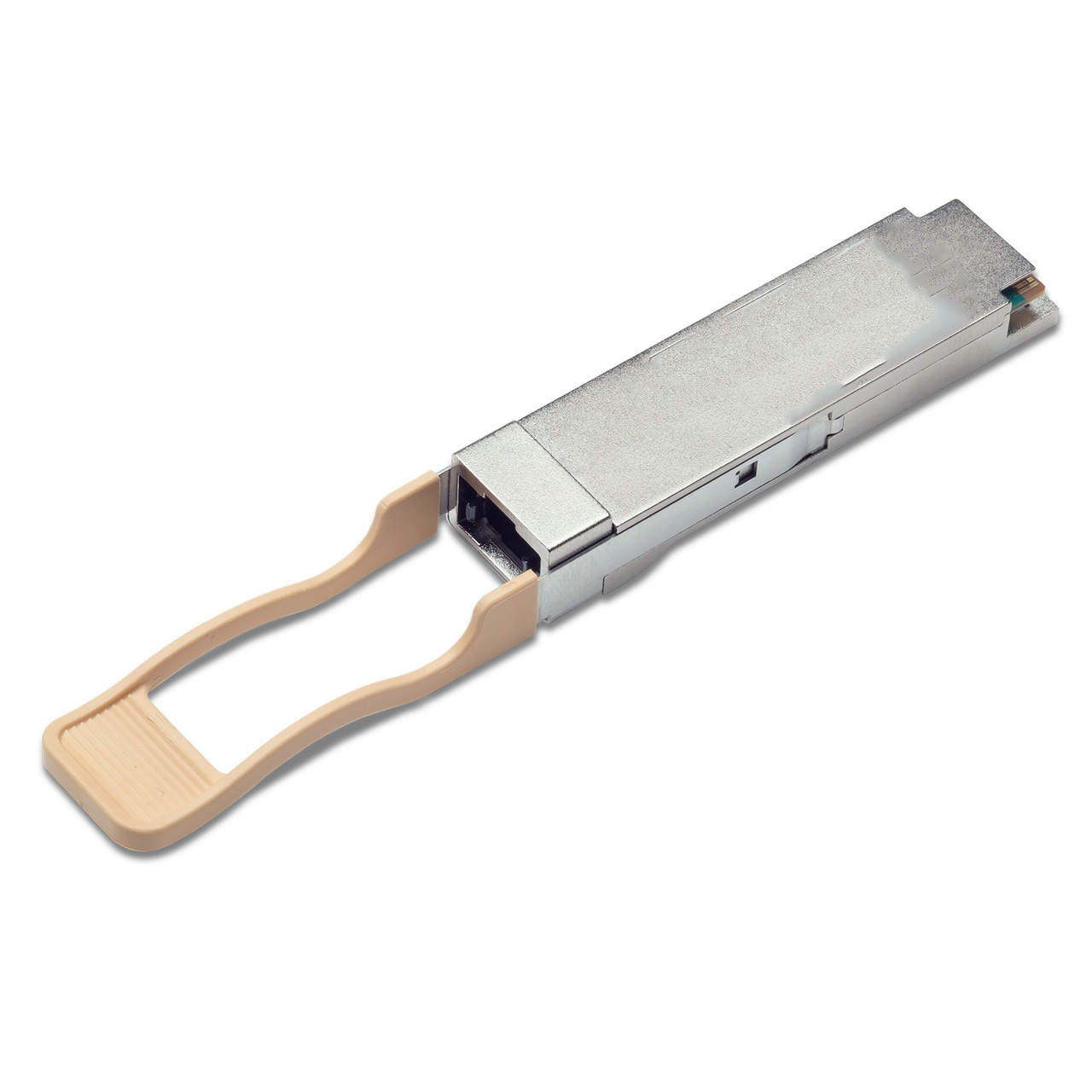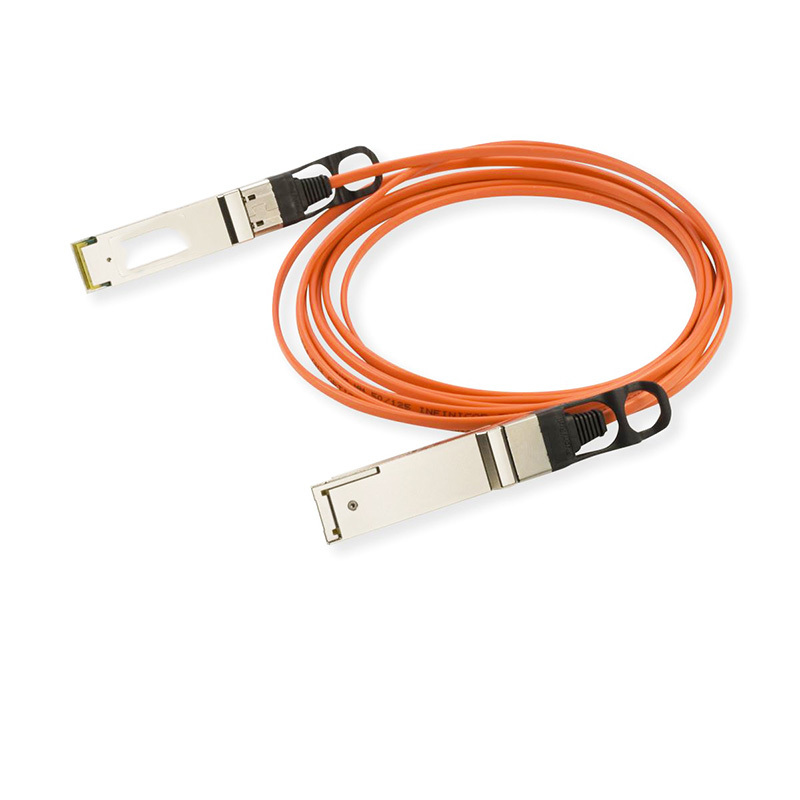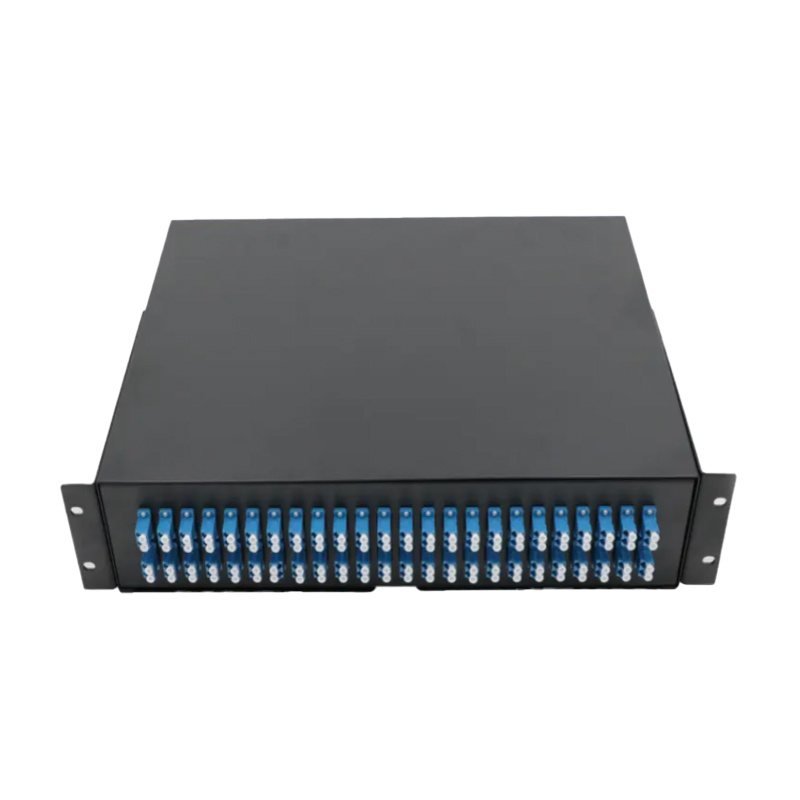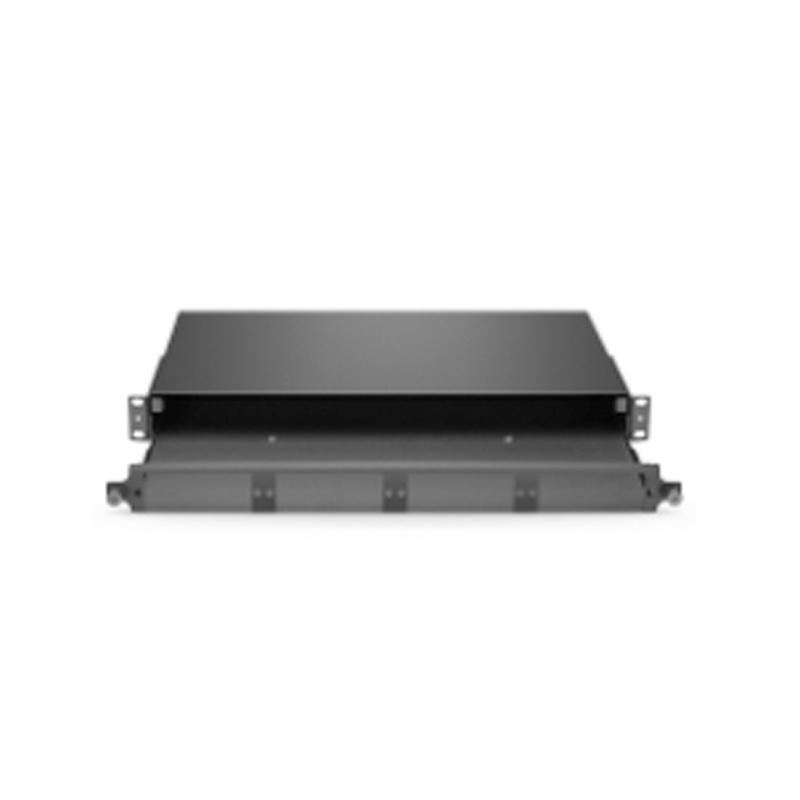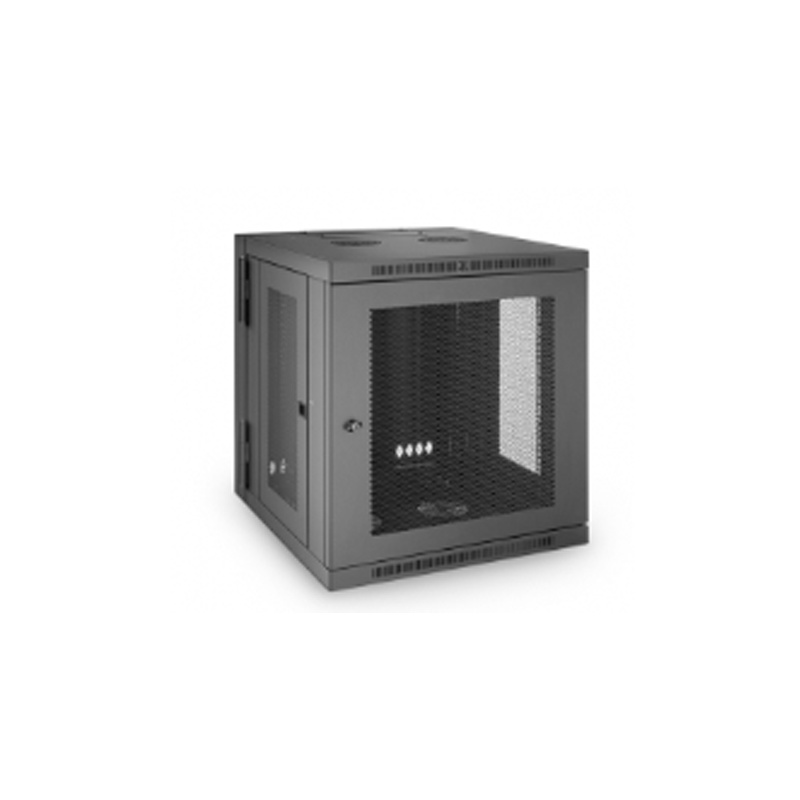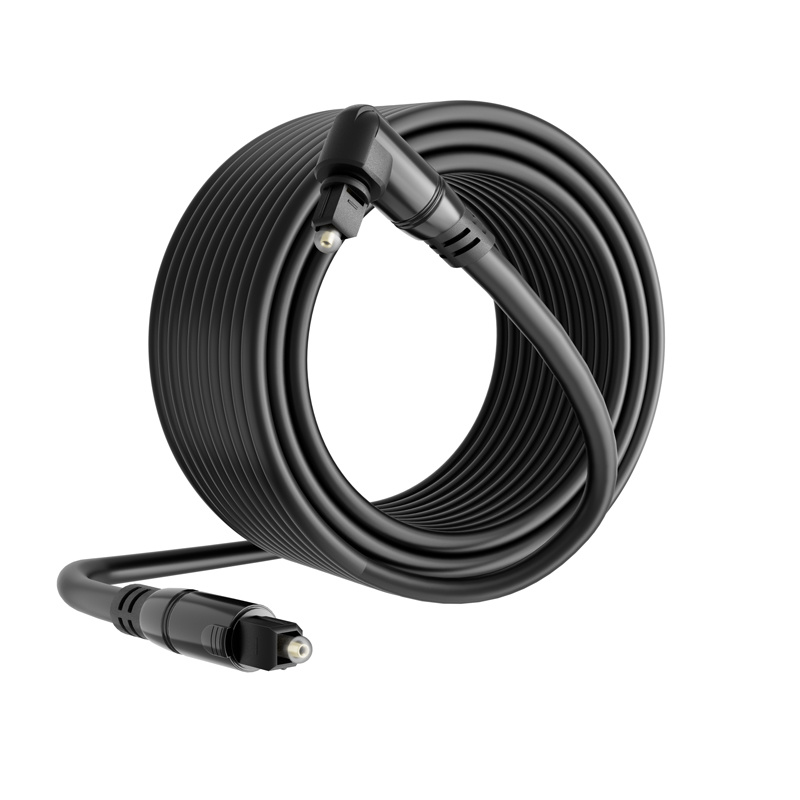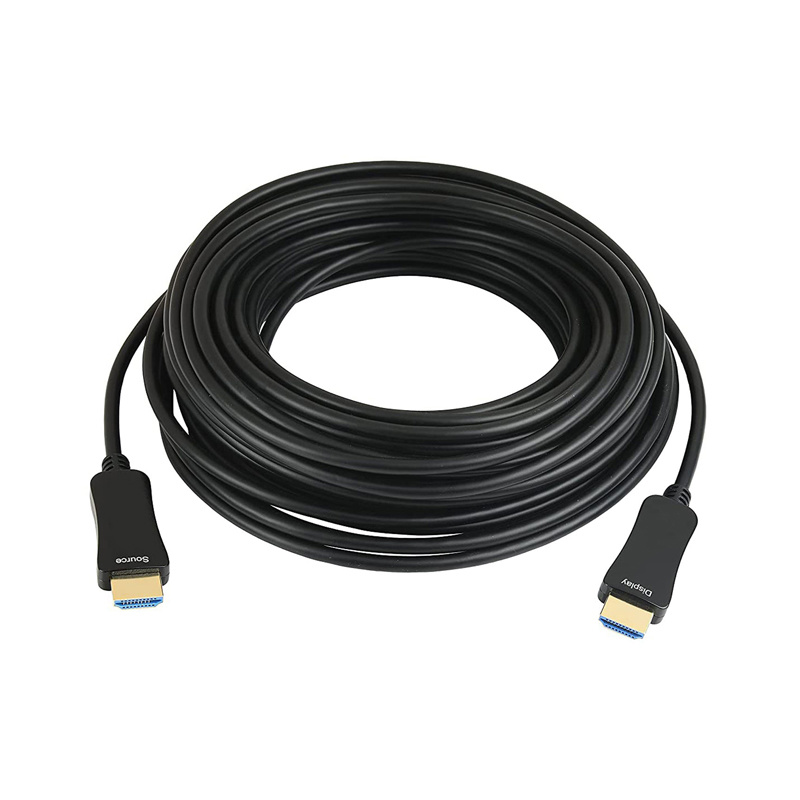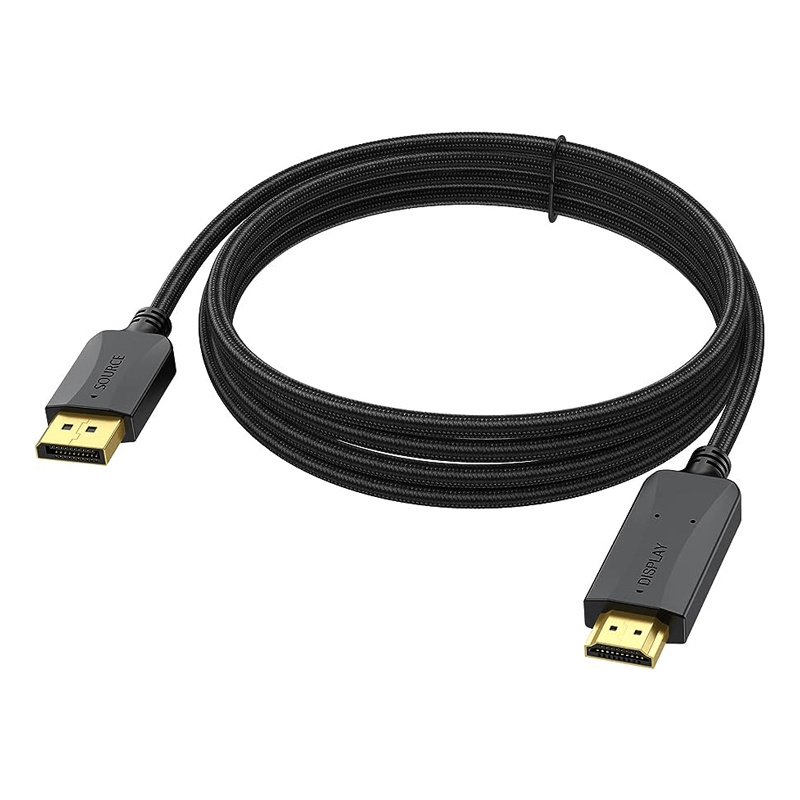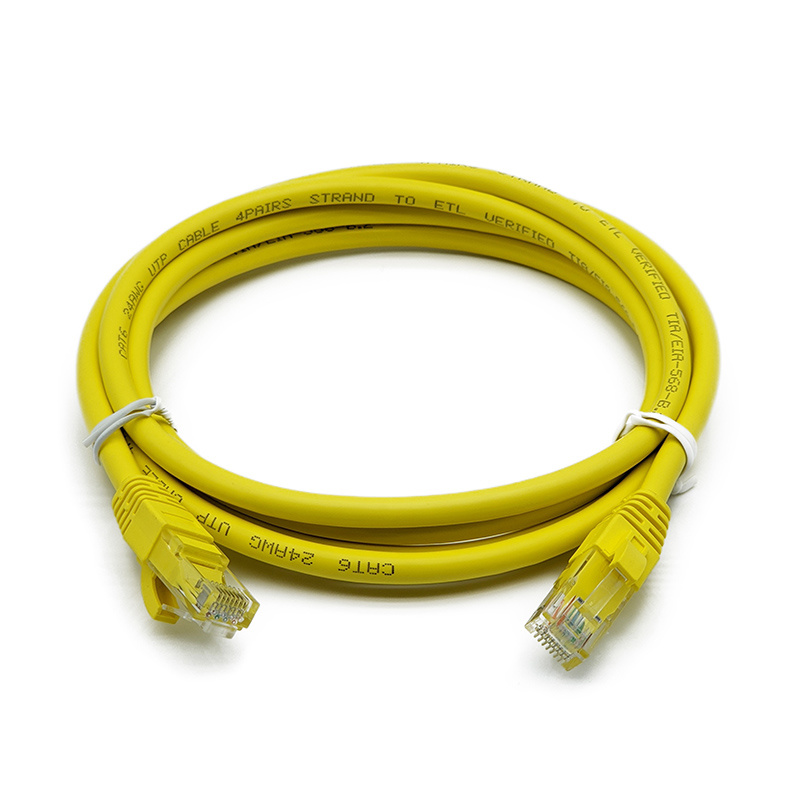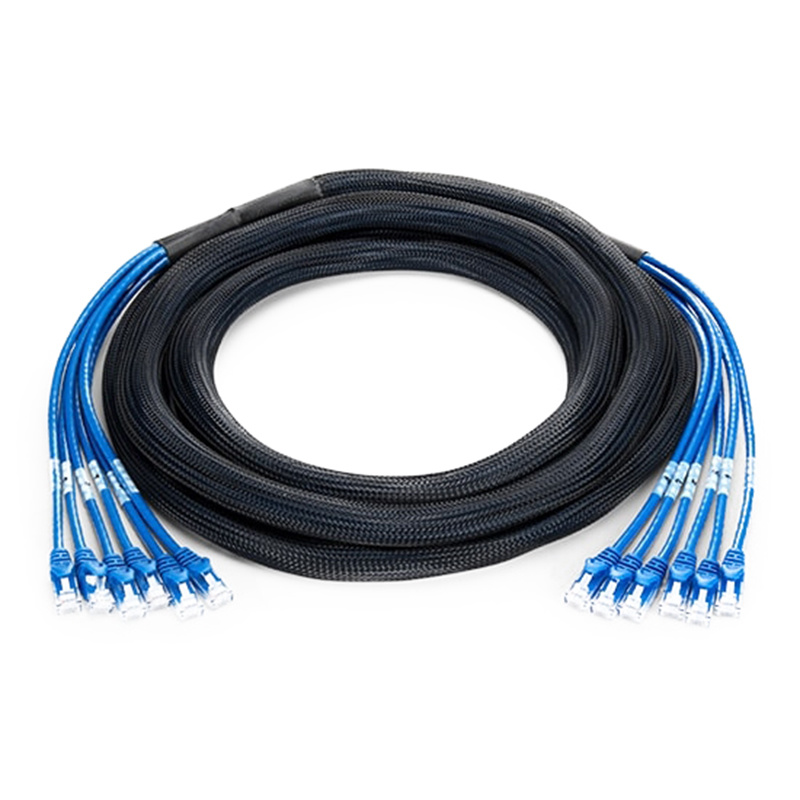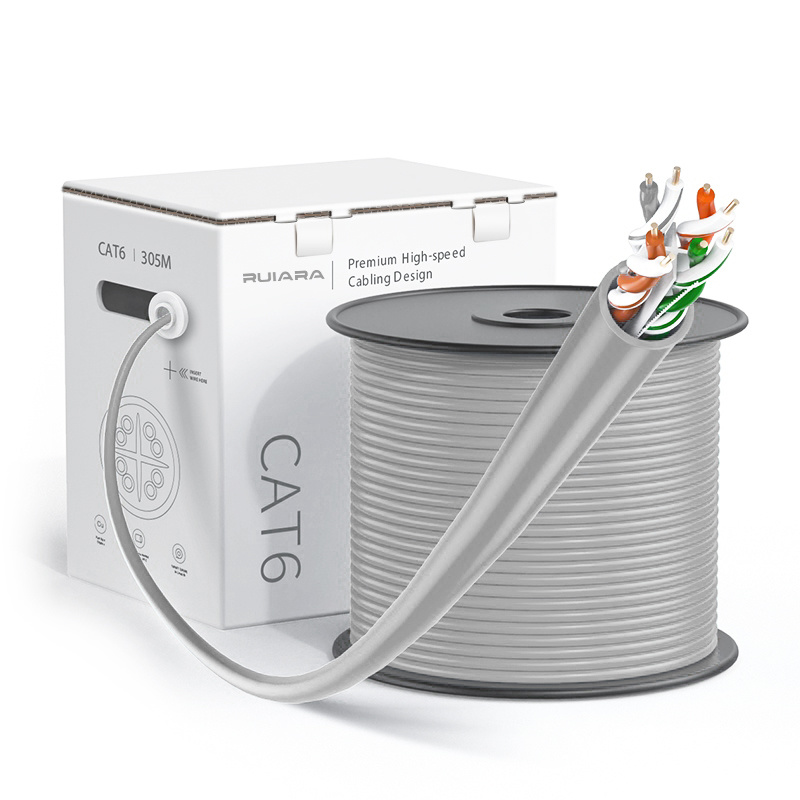MPO vs MTP: Understanding the Standards and Compatibility
MPO is a global fiber connector standard, while MTP is a high-performance version by US Conec. This article clarifies their differences, compatibility, and use cases, helping engineers select the right multi-fiber connectors for demanding data center environments and future-proof optical networks.
2024-10
In the world of multi-fiber connectivity, the terms MPO and MTP are often used interchangeably — but are they the same? While closely related, there are key differences that every data center engineer, IT manager, and procurement professional should understand before selecting a high-density cabling solution.
What is MPO?
MPO stands for Multi-Fiber Push-On, and it is a globally recognized standard defined by IEC-61754-7 and TIA-604-5 (FOCIS 5). It refers to a type of connector that accommodates multiple optical fibers — typically 12, 24, or 48 — in a compact form factor. MPO is the generic connector interface, and any compliant manufacturer can produce MPO connectors.
What is MTP?
MTP (Multi-fiber Termination Push-on) is a registered trademark of US Conec, a leading developer of high-performance fiber optic components. MTP is a type of MPO connector — but not all MPOs are MTPs.
Key enhancements of MTP over generic MPO:
-
Improved insertion loss and return loss performance
-
Tighter mechanical tolerances for better durability
-
Removable housing for easy re-polishing or rework
-
Floating ferrule design to ensure stable physical contact
In short, MTP is a high-performance MPO — ideal for mission-critical, high-speed applications such as 400G/800G data centers.
Compatibility Considerations
-
MTP and MPO are mechanically compatible: an MTP connector can be mated with a generic MPO adapter or patch panel.
-
However, performance may vary: using MTP connectors throughout ensures consistent loss and better alignment.
-
For best results, avoid mixing low-grade MPOs with high-performance MTP systems in critical links.
Polarities and Fiber Counts
Both MPO and MTP support:
-
Multiple fiber counts: 12, 24, 48, and even 72 cores
-
Different polarities: Type A (straight), Type B (reversed), and Type C (pair flipped)
Correct polarity is essential to ensure proper Tx/Rx mapping — especially in parallel optics.
Related News
CES in the United States(Date: January, 2024&January, 2025)
CES is the world's largest consumer electronics show, Major product trends include AI, IoT, automotive technology, AR/VR, robotics, autonomous driving, sports technology, etc.
IEAE Exhibition in Russia(Date: August,2024)
IEAE Exhibition in St. Petersburg,Russia, the booth No.: F.B15
Sorry,当前栏目暂无内容!
您可以查看其他栏目或返回 首页
Sorry,The current column has no content!
You can view other columns or return Home
COOKIES
Our website uses cookies and similar technologies to personalize the advertising shown to you and to help you get the best experience on our website. For more information, see our Privacy & Cookie Policy
COOKIES
Our website uses cookies and similar technologies to personalize the advertising shown to you and to help you get the best experience on our website. For more information, see our Privacy & Cookie Policy
These cookies are necessary for basic functions such as payment. Standard cookies cannot be turned off and do not store any of your information.
These cookies collect information, such as how many people are using our site or which pages are popular, to help us improve the customer experience. Turning these cookies off will mean we can't collect information to improve your experience.
These cookies enable the website to provide enhanced functionality and personalization. They may be set by us or by third-party providers whose services we have added to our pages. If you do not allow these cookies, some or all of these services may not function properly.
These cookies help us understand what you are interested in so that we can show you relevant advertising on other websites. Turning these cookies off will mean we are unable to show you any personalized advertising.

